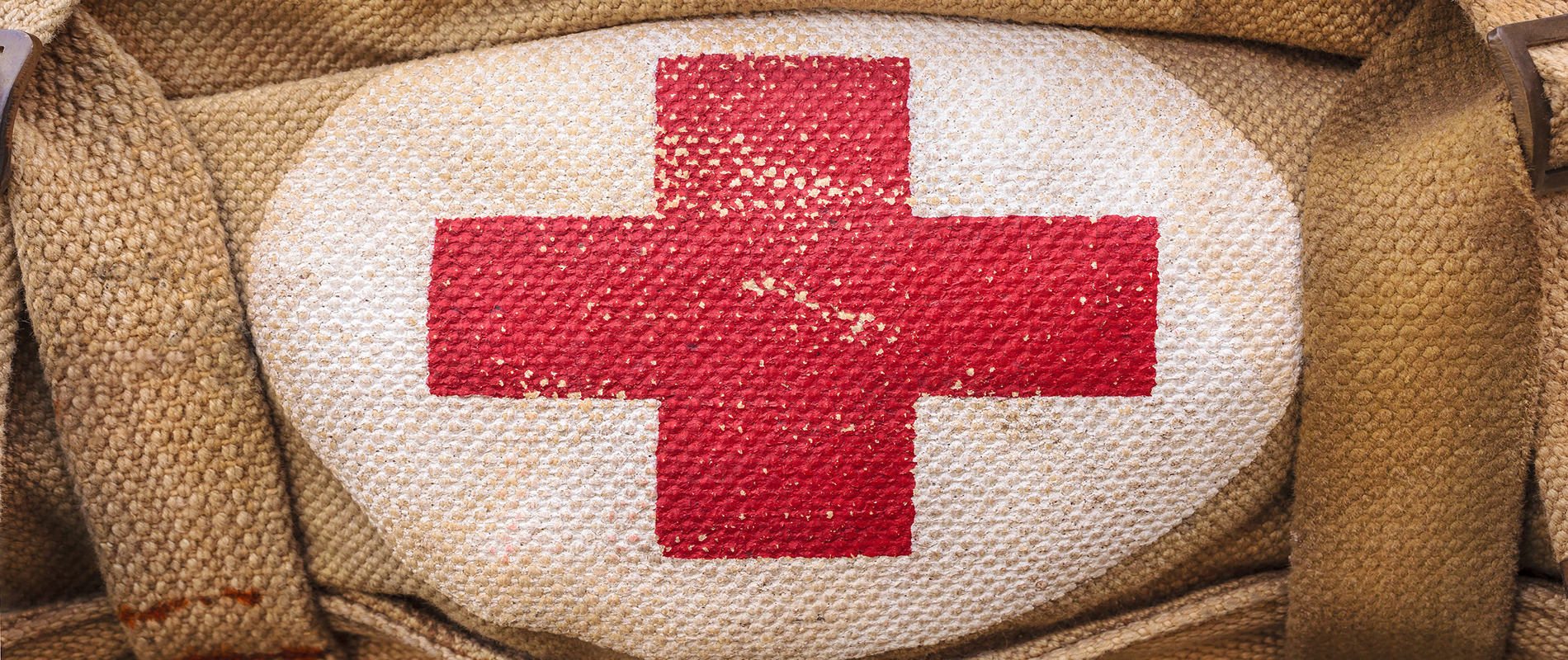At a time when many young men were burning draft cards and fleeing to Canada, a group of young women answered the call by joining the Red Cross Supplemental Recreation Activities Overseas (SRAO) program, volunteering for duty in Vietnam. The story of these “Donut Dollies” - an affectionate term used by American servicemen in England during World War II for the Red Cross volunteers who served them coffee and pastries - remains largely unknown.
Mary Young Hines (but call her Larry) was a college senior when she heard about the program. "I'd been thinking about doing some volunteer work and thought the Red Cross would be a good way to do it," she remembers. Penni Evans, a political science major, was planning to enter a foreign service and felt the program would help her prepare. Rene Johnson wanted to join the Air Force but opted for the SRAO when she found she wouldn't be allowed to go to Vietnam. None of them could foresee how much their experiences would change their lives.
A challenging start
The requirements were stringent, especially for an all-volunteer program. Only college-educated women between the ages of 22 and 28 were considered, and background checks were so thorough that program officials even contacted Hines' second-grade teacher. There was a strict dress code while on duty: blue twill dresses or culottes, with no embellishments allowed except the Red Cross insignia and unit patch, and only blue tennis shoes or black leather loafers. Training consisted of lessons on Red Cross history, military rank, and information on what their duties would be once in-country.
Hines and 17 other Donut Dollies departed for Vietnam in July 1968, on a plane with 220 male soldiers. The captain warned them the descent into Saigon would be steep to avoid ground fire, but "it felt like we were going straight down," says Hines. "As we were taxiing, I remember seeing huge burned-out hulks of C-130s, holes in the runway, and burned-out buildings. When the door opened and we walked down the steps into Vietnam, I was just struck by the heat, the smell - just the whole intensity was like nothing I'd ever felt in my life."
After dispersing to their first assignments, the women soon fell into a rhythm. The larger bases such as Cam Ranh and Da Nang had recreation centers that became their bases of operation. "If you were in a center, you'd make coffee or Kool-Aid, play games, and talk to the guys," says Johnson. The point was to provide a small slice of normality, or what passed for it in a war zone, and the Dollies found their services much in demand.
Flying the unfriendly skies
The relative calm of the recreation centers was in marked contrast to life in the field, where the Dollies spent many 12-to-16-hour days. "Most mornings, I'd get on a helicopter and fly out to one firebase after another," Johnson says. Evans notes that "before we could visit a base, the commanders had to request that we come and talk to their guys. The really good officers would know how much that meant to the soldiers and would make sure we came and visited their units."
The Dollies didn't arrive empty-handed: They invented traveling game shows they could pack into cases and bring with them into the field to keep soldiers engaged. "We'd pick a theme that had universal appeal, like state capitals or rock 'n' roll," says Hines. "We'd divide the men into teams, and they'd play for prizes - candy, film, or what have you. We'd also give out short-timer calendars to those who had less than a hundred days left in their tours."
The Dollies traveled to the field on the same helicopters that picked up the dead and wounded, giving them a stark jolt of reality on some mornings. Hines remembers standing at a respectful distance before dawn while crews cleaned mud, blood, and vomit out of their aircraft so the women could board. Often there were no seats, so they perched on whatever cargo was being shipped that day. On one flight, Hines felt a jolt and looked down to see a quarter-sized hole just inches from her leg. The round punched its way through the ceiling, but the pilot managed to land safely.
Above and beyond
Although not part of their official duties, many Dollies visited field hospitals during their off hours - a task that still haunts Hines. "We'd sit and read to the guys or just talk," she says. "The nurses would tell us which beds we needed to visit first, because those were the sickest ones or the most severely wounded. We'd help a soldier write a letter to his mother, and the unspoken monster in the room was that it could be the last one she'd ever get. It's quite a thing for a 22-year-old English major to provide that kind of support to soldiers half a world away from their families. But we took it on voluntarily because we knew how important it was."
Like many military veterans, the Dollies' return to the U.S. wasn't always easy, because anyone who'd served, combatant or not, often was looked upon with derision. Johnson returned to Vietnam for a second tour, while Evans flew to Europe and backpacked for six months. Hines endured her share of verbal abuse but also began to hear from veterans who remembered the Dollies with great fondness. At a recent public speaking engagement, she was approached by a well-dressed older man who wanted to show her something. He reached into his suit pocket and produced a fragile, wrinkled piece of paper - his short-timer calendar from 47 years before. "That's when I started crying," Hines says.
